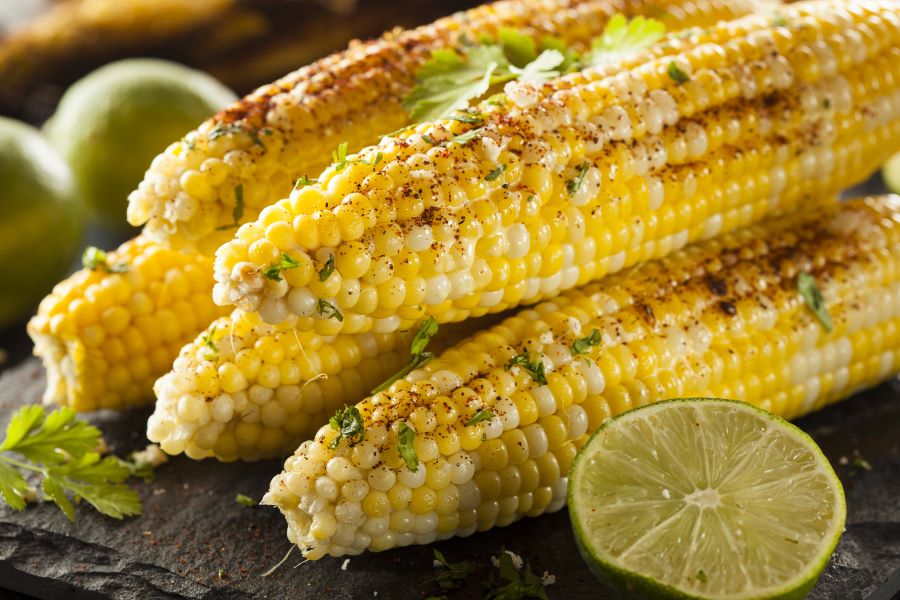Diverticulitis: Treatment and Prevention

Do you have a friend who avoids eating corn and other foods like seeds, nuts, and popcorn due to diverticulitis? Or maybe that person is you? Diverticular disease is on the rise in the U.S. and is more common in older Americans. Despite being so common, many don’t know exactly what it is.
What is Diverticulitis?
Diverticula are small sacs on the colon. At the time of colonoscopy, from the inside of the colon, they look like small holes, almost like Swiss cheese. Diverticulosis is the presence of diverticula. Many of you may have first found out you have diverticulosis after having a colonoscopy. When the diverticula become infected, you may have symptoms, such as belly pain, diarrhea or constipation, and a fever. This is called diverticulitis.
Is There Treatment for Diverticulitis?
Bouts of diverticulitis can range from very mild to life-threatening. Mild attacks may improve with a course of antibiotics and a couple days of a liquid diet. According to new research, mild attacks may improve without antibiotics; a liquid diet may be all that’s needed. Often the severe pain during an attack brings patients to the emergency room. A CT scan is performed to confirm the diagnosis. One of the most important jobs of a surgeon is to carefully evaluate our patients to determine if emergency surgery can safely be avoided. On occasion, diverticulitis can cause perforation or rupture of the colon. That’s when having a colon and rectal surgeon on your team is key! It can be a literal lifesaver if emergency surgery is needed. Before an emergency happens, don’t let your fears of surgery stop you from seeing a colorectal surgeon if you are experiencing diverticulitis. Many patients say that they come away after that first appointment feeling very reassured and empowered by the knowledge of all the options. Surgery is an option for patients who experience repeat attacks of diverticulitis, or those who have complications from more severe episodes. At UMass Memorial Health, we prioritize getting you back on your feet as quickly and comfortably as possible. That means using a minimally invasive option wherever possible and minimizing the chance of an ostomy, or “bag.”
Fiber or No Fiber?
Let’s get back to seeds, nuts and popcorn for a minute. As it turns out, large studies show that people who eat these foods regularly have lower chances of developing diverticulitis than those who eat low fiber diets. Why is that? High fiber diets provide more bulk to fill the colon, so it has to work less to pass the stool. Conversely, with a low fiber diet, the colon has to work harder to keep the stool moving, and with the increased pressure, diverticula can bulge out from the surface. With that being said, if you suffer from repeated attacks, and seeds, nuts, or popcorn clearly seem to trigger an attack, then it’s important to listen to your body and minimize eating these foods. If you aren’t sure, or if you are wondering if surgery is a good option for you, make an appointment with an expert.

